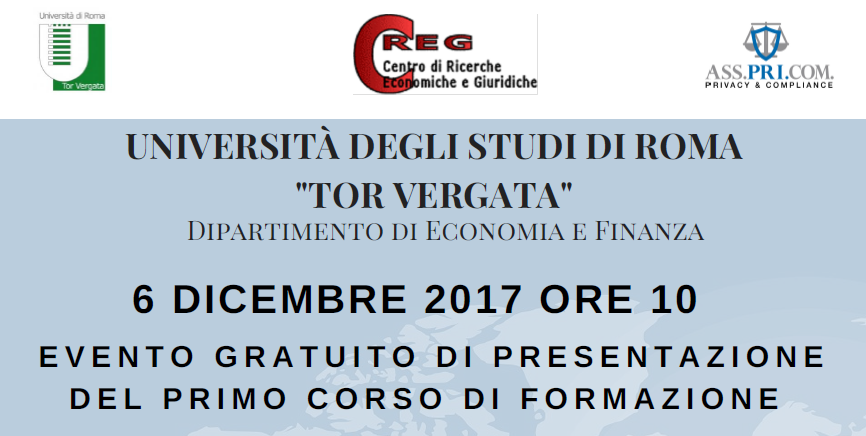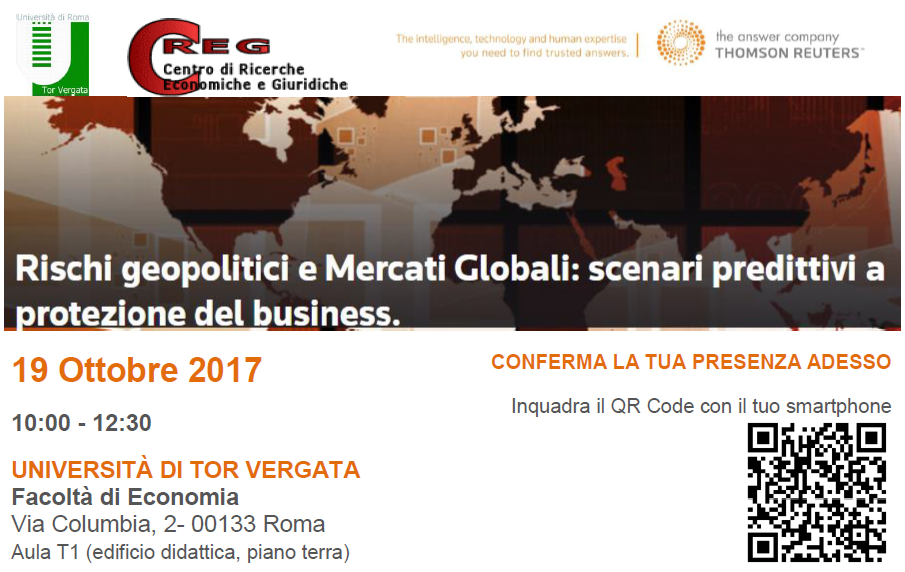Oneri di bonifica dei rifiuti: prospettive di evoluzione
Oneri di bonifica dei rifiuti: prospettive di evoluzione
Trovare chi e cosa bonificare in mezzo all’inferno: quello è il vero inferno.
Parole chiave: rifiuti, oneri, bonifica, ambiente, ecoreati
 UNIVERSITA' DEGLI STUDI ROMA "TOR VERGATA"
UNIVERSITA' DEGLI STUDI ROMA "TOR VERGATA"
